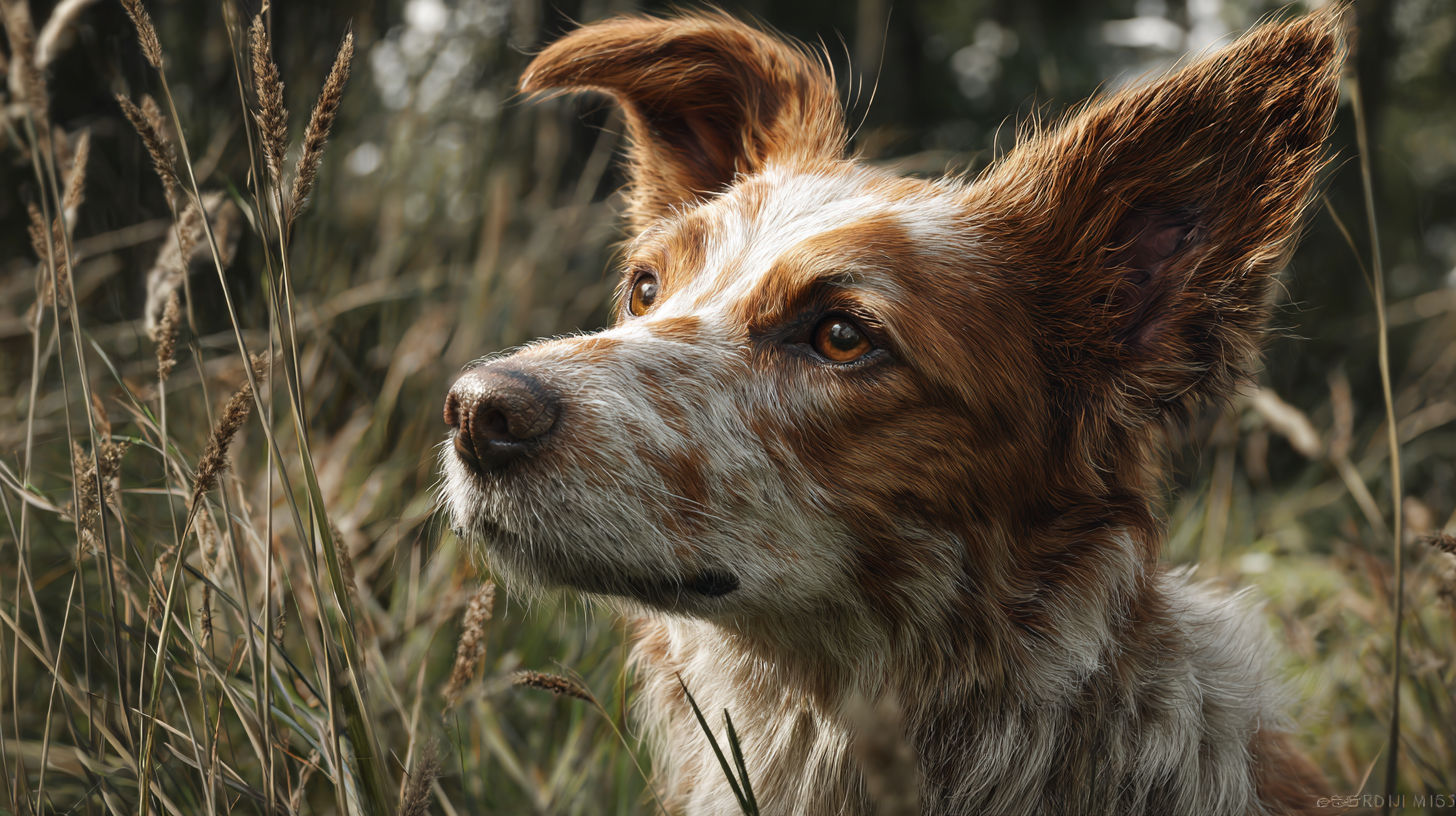Flaky Dog Skin: Causes and Solutions 🐶✨
Have you ever noticed flakes on your dog’s coat and wondered why your furry friend is dealing with flaky dog skin? You’re not alone. Around 10-20% of dogs suffer from skin issues, and flaky skin on dogs is one of the most common concerns among pet owners. If your dog displays symptoms like flaking skin, redness, itching, or hair loss, understanding the causes and exploring effective dog skin care solutions can make a significant difference. In this post, I’ll share insights into the main causes of flaky dog skin and practical solutions to help your pup regain healthy, shiny fur.
Understanding the Causes of Flaky Dog Skin
Dog skin problems can arise from various factors. The most common cause is allergies, which account for about 60-80% of skin issues in dogs. These allergies might be related to food, environment, or contact with irritants. Parasites such as fleas and mites only contribute to 10-20% of cases but can cause severe skin irritation and flaky skin. Nutritional deficiencies, about 5-10%, can also lead to poor skin health, especially if your dog’s diet lacks essential fatty acids or vitamins. Hormonal imbalances, which affect another 5-10%, such as hypothyroidism, can cause symptoms like dryness and shedding. It’s important to recognize that these causes often overlap, making a proper diagnosis crucial for effective treatment.
Recognizing Symptoms of Canine Skin Conditions
Flaky skin on dogs may present alongside redness, excessive itching, and hair loss, which serve as signs of underlying issues. Skin irritation treatment in dogs often involves addressing these symptoms early to prevent more serious complications. When you notice flaky skin and dandruff treatment becomes necessary, it’s vital to observe whether your dog also shows signs of discomfort or persistent scratching. These symptoms are typical in many skin conditions in dogs, including seborrhea and dermatitis. A timely veterinary consultation can help identify whether your dog’s flaky skin results from allergies, parasites, or other underlying health problems.
Effective Solutions to Combat Flaky Dog Skin
Fortunately, many dog skin problems can be managed with proper care and targeted treatments. Omega-3 fatty acid supplements are proven to improve skin health and reduce inflammation, with about 50% of dogs experiencing improvement after dietary adjustments. Antihistamines and steroids can help alleviate allergic reactions and reduce itching. Medicated shampoos formulated for dog dandruff treatment effectively soothe irritated skin and remove flakes. Dietary changes, such as switching to hypoallergenic or high-quality diets, significantly help with flaky dog skin, especially when combined with proper grooming. Regular grooming reduces flaky skin by approximately 30% and helps remove dead skin cells, dirt, and excess oil, promoting a healthier coat. In severe cases or persistent skin issues, consulting your vet for personalized care plans is essential to ensure your dog’s well-being.

Conclusion & Final Tips
In summary, flaky dog skin is a common issue with various causes ranging from allergies and parasites to nutritional deficiencies and hormonal imbalances. Recognizing the symptoms early and implementing solutions such as omega-3 supplements, medicated shampoos, dietary adjustments, and regular grooming can significantly improve your dog’s skin health. Remember, about half of the dogs show improvement with proper dietary changes, so nourishing your pup from the inside out is key. If symptoms persist, consulting your veterinarian is the best step for precise diagnosis and effective treatment. Taking good care of your dog’s skin not only improves their appearance but also enhances their overall comfort and happiness.
If you found this guide helpful, feel free to share it with fellow pet owners or leave a comment below with your experiences. Keep your furry friend happy and healthy by staying informed about dog skin issues! 🐾